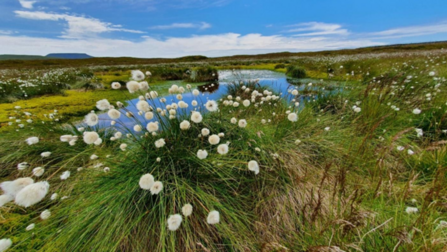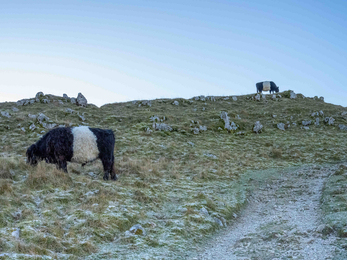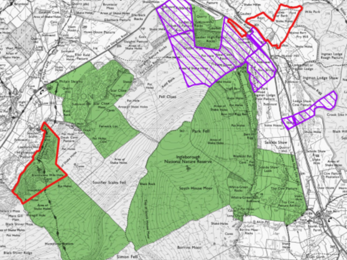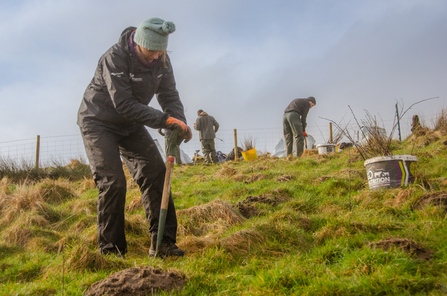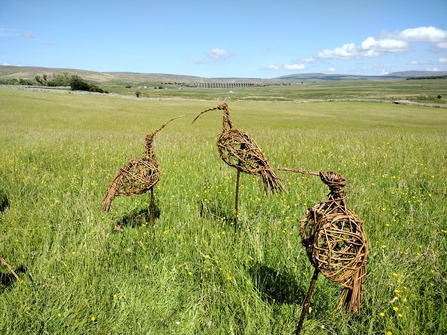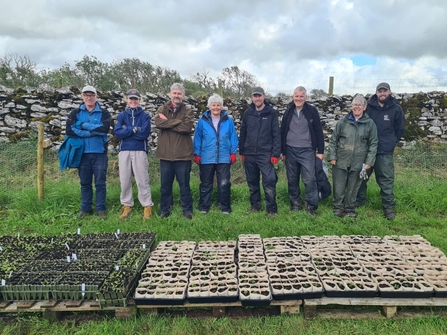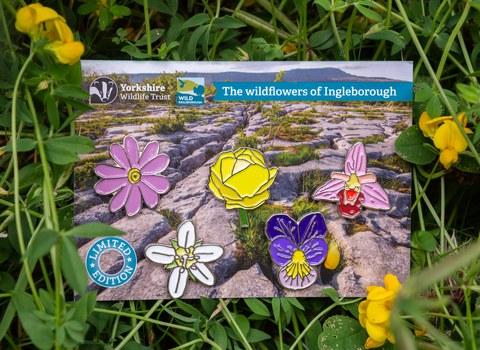In a relatively remote part of northwest Yorkshire within the Yorkshire Dales National Park sits Ingleborough mountain. This is a remote upland landscape which is home to a wide range of rare and endangered species; one-third of Britain’s flowering species are present within the wild heart of the Ingleborough National Nature Reserve, including 43 montane and submontane species – one of which is only found at Ingleborough.
Here you’ll find one the finest limestone habitats in the UK, flower-rich limestone pastures and some of the Uk’s best examples of limestone pavement at South House, Scar Close, Colt Park and Southerscales. Large areas are clothed in expansive sweeping blanket bogs - a potential powerhouse of carbon storage with its unique and specialized species like sundews and cotton-grasses.
Over time however, successive changes in post-war government agricultural policy and economic imperatives to produce more food have led to extreme pressure from grazing sheep, the draining and drying of blanket bog areas, and almost the complete destruction of limestone pavements to be used in garden rockeries. Many of Ingleborough’s rarest montane species have been pushed back into isolated pockets in out of the way rocky places that even sheep can’t get to – until now.



